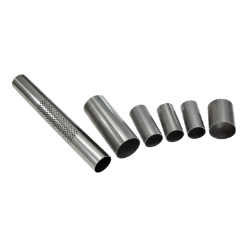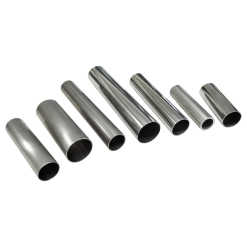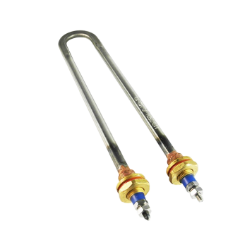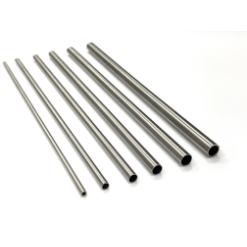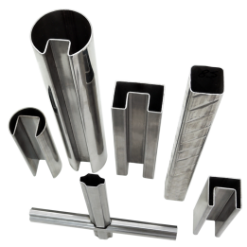The stainless steel pipes are classified by shape, diameter, material, and material thickness. Pipe sizes range from small diameter capillaries to large diameter stainless steel pipes consisting of several meters. Depending on their corrosion resistance and deformability, stainless steel pipes are applied to pipelines, the construction industry, the furniture industry, automobile exhaust, mechanical equipment, sports equipment, and thermal engineering equipment, etc.
Hoyi provides customers with both seamless and welded stainless steel pipes.
(A)Seamless stainless steel pipe
Seamless stainless steel pipe is a circular pipe that is hollow and has no seams around it. Most of these pipes are used to transport oil or natural gas. Seamless stainless steel pipe is lighter in weight than solid bar, but its bending and torsion strength are the same.
(B)Welded stainless steel pipe
Welded stainless steel pipe could be called ERW pipe. This pipe, also known as seamed pipe, is formed by steel strip running through the forming rollers and welded at the joint. With the advancement of welding technique and inspection method, production efficiency and welding quality have greatly improved. The specifications of welded stainless steel pipe are varied. Nowadays, it is replacing the use of seamless stainless steel pipes in many fields.
There are stainless steel round pipes and shaped pipes. The most widely used are stainless steel round pipes, and others include square, rectangular, semicircular, hexagonal, equilateral triangle, octagonal, and shaped stainless steel pipes.
If the stainless steel tube must withstand fluid pressure, a hydraulic test must be carried out to check its pressure resistance and welding quality. The qualified pipes should be without any leakage, wetting, or expansion. Flanging tests, expanding tests, and flattening tests are required to inspect the quality according to the specifications if necessary.

